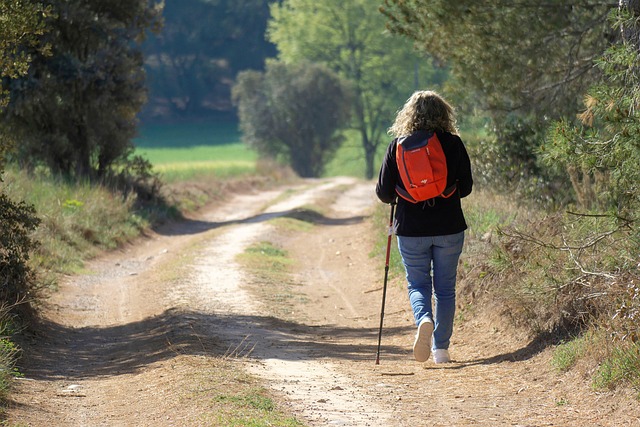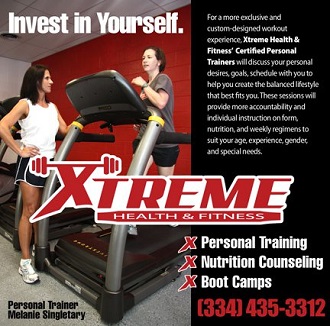Walking for Weight Loss: How to Make It Count

Walking might seem simple, but it can be a powerful tool for weight loss. It’s accessible, requires no special equipment, and can fit into almost any schedule. Whether you’re a seasoned fitness enthusiast or just starting out on your health journey, walking offers benefits that go beyond mere movement. Imagine stepping outside and feeling the fresh air fill your lungs while you burn calories at the same time. With the right approach to speed, distance, and technique, you can transform this everyday activity into an effective workout. Let’s explore how to make every step count!
Ideal Speed and Distance for Results
 Finding the ideal speed for walking can significantly impact your weight loss results. A brisk pace of about 3 to 4 miles per hour is often recommended. At this speed, you’re not just strolling—you’re getting your heart rate up and maximizing calorie burn. Distance also plays a crucial role in shedding those extra pounds. Aim for at least 30 minutes of continuous walking most days of the week.
Finding the ideal speed for walking can significantly impact your weight loss results. A brisk pace of about 3 to 4 miles per hour is often recommended. At this speed, you’re not just strolling—you’re getting your heart rate up and maximizing calorie burn. Distance also plays a crucial role in shedding those extra pounds. Aim for at least 30 minutes of continuous walking most days of the week.
This adds up to roughly 10,000 steps or around 5 miles depending on your stride. If you’re looking for challenges, try interval walking by alternating between fast bursts and slower recovery periods. This method increases intensity without requiring you to run and keeps workouts interesting.
Arm Movements That Boost Calorie Burn
When walking, your arms can do more than just swing by your sides. Engaging them properly can amplify calorie burn and enhance your overall workout. Start by bending your elbows at about a 90-degree angle. This position allows for stronger arm movements, which helps propel you forward. As you walk, pump your arms in sync with your legs. The quicker the pace, the more energy you’ll expend. Also, try crossing your arms over each other as you move. This action activates different muscle groups in the upper body and adds an element of challenge to your routine. Adding light weights or resistance bands during walks can also elevate intensity without compromising form.

Best Times of Day to Walk
The time of day you choose to walk can significantly impact your experience and results. Early mornings are popular for many, providing a serene atmosphere as the world wakes up. The fresh air can energize you for the day ahead. Alternatively, lunchtime walks to break up the workday, offering a refreshing mental reset. You get physical activity while enjoying some nature or neighborhood sights. Evenings have their charm too; they allow you to unwind after a long day. The sunset provides beautiful scenery that makes your stroll enjoyable. Personal preference plays a crucial role in selecting the best walking time for you.
Tracking Progress Without Obsessing
 Tracking your progress can be motivating, but it’s easy to get lost in numbers. Focus on how you feel rather than just the scale. Consider keeping a journal. Write down not only your walks but also how they impact your mood and energy levels. This holistic view helps you appreciate the journey. Use apps or fitness trackers to log distance and time, but avoid becoming fixated on daily stats.
Tracking your progress can be motivating, but it’s easy to get lost in numbers. Focus on how you feel rather than just the scale. Consider keeping a journal. Write down not only your walks but also how they impact your mood and energy levels. This holistic view helps you appreciate the journey. Use apps or fitness trackers to log distance and time, but avoid becoming fixated on daily stats.
Celebrate milestones instead—like completing a month of consistent walking. Take photos occasionally too. Seeing physical changes over time can provide motivation without obsessing over every detail. Walking can be an effective way to lose weight and improve overall health. The key is to approach it with intention and be consistent. Small improvements accumulate into significant results when viewed over weeks and months rather than days or hours. Enjoy each step forward as part of a larger adventure toward health and well-being.


